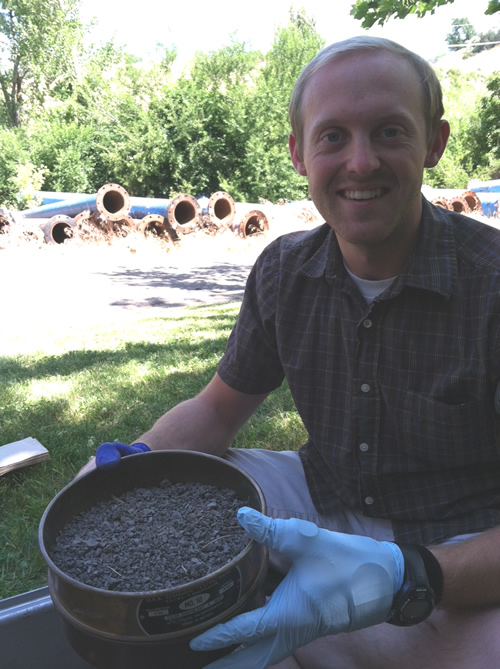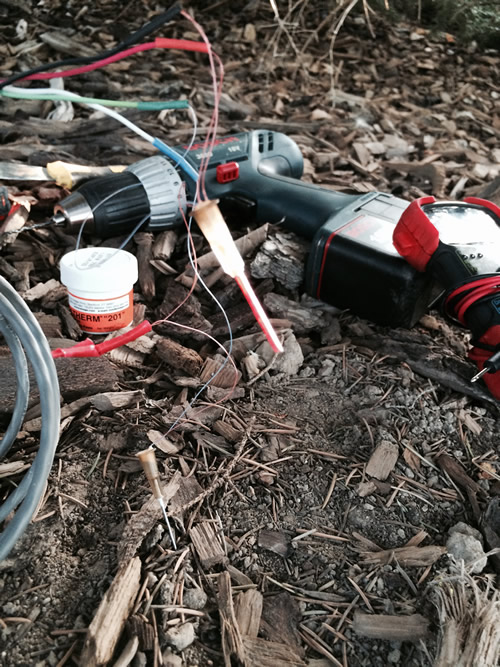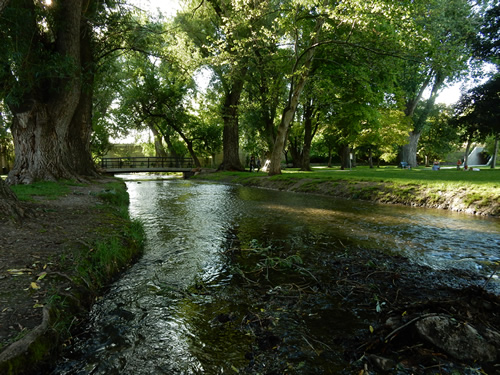iUTAH Undergraduate iFellows
Week 7 Recap
June 29-July 3, 2015
Kyle Ahn

Starting this week off with a chance to present my research poster to the other iFellows was a great opportunity. Seeing the other iFellow's poster/presentations was an excellent way to build off their strengths. We also got our data in this week; although we must re-analyze 3 samples, the results look promising. Wednesday and Thursday I spent out on Utah Lake and its tributaries collecting water and sediment samples.
Amanda Araujo

I went out in the field for the first time this week! I didn't bury the sensors because we were waiting for an integral part to come in the mail but we wired them up. I received the soil collars and I put those on the sensors. While in the field, we discovered that some of the wires were too short for the sensors to be buried properly in the ground. So, I learned how to solder wires and I soldered the wires to make them longer.
Viviane Baji

This week I updated my prospectus to reflect the analysis I've done. The prospectus shows my methodology and results. I've also been looking at other ways of measuring the same relationship in Utah to have confidence in my results.
Jesse Fleri

This week has been devoted to data analysis and has been a great learning process. We have also been gathering materials to begin a new series of tests to determine the rate of both nitrification and denitrification. Hopefully we will be collecting samples next week sometime but that will depend on the availability of lab equipment and space.
Joshua Gathro
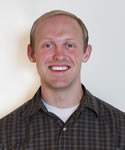
The iFellow meeting on Monday went great. We got a lot of feedback from each other and were able to see in greater depth what everyone else has been researching this summer. With my presentation in mind, I went back this week to review some of the chemical and biological processes related to arsenic in order to better address any questions I get asked at the symposium. Now that I'm more familiar with it all, I'm capturing a lot more of the literature concepts than I originally did. I was also able to compare the rest of the fall and spring well data to see that all the iron levels went down in spring, as did arsenic. In addition, we prepared our soil samples from last week so that sequential extractions can be performed in order to analyze the soil chemistry.
Natasha Griffin
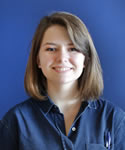
This week, we did gradient PCR to find the best temperatures to use when amplifying different organisms' DNA. I learned how to do gel extractions to isolate particular DNA amplicon sizes from an agarose gel. I also made plates with antibiotic and growth medium to culture the E. coli cells we'll be transforming DNA for our standards into.
Sawyer Hill
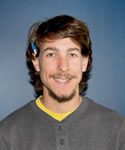
Our two study trees on the University of Utah campus are now up and functional after a full day spent dodging sprinklers that kept coming on every twenty minutes and catching us by surprise and laboring in 100 degree weather. The two coniferous trees are fully equipped with radiation sensors (measuring incoming radiation as well as photosynthetically active radiation); wind speed and wind direction; air temperature and relative humidity; needle temperature; and sap temperature (which will later be used to find water flow up the tree). This coming week we will be installing a LEMS tower on top of one of the buildings in the engineering quad and making sure all of the sensors on our experimental trees are working properly and giving data values that make sense.
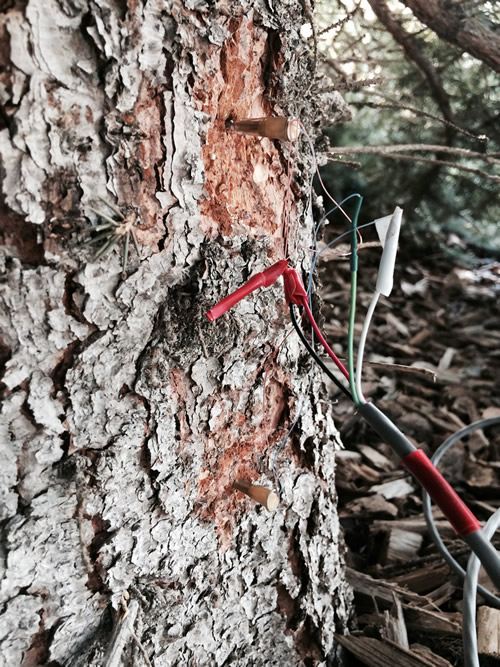
Here are what the installed sap flux sensors look like. They are the small needles sticking out of the trunk (where the bark has been scraped back). The upper needle is heated and the lower needle is unheated.
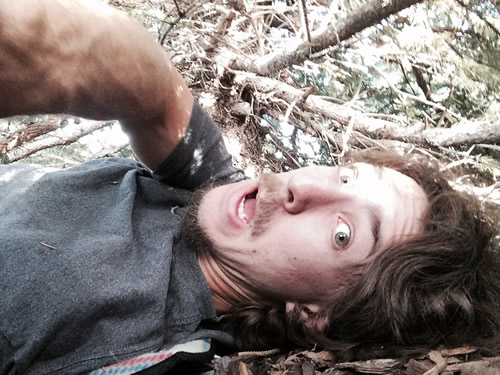
To install the sap flux sensors I had to crawl on my belly under a coniferous tree with rather sharp needles and maneuver myself around the base of the tree on my stomach and back to drill holes into the tree and install the sap flux sensors.
Joseph Ipson

This week I looked at the sensors in the lab. There were some thermocouple arrays and soil heat flux plates that were broken or unfinished that I spent some time on. After mending one of the soil heat flux plate cables, we put them in a sand column under a heat lamp to calibrate them.
Matthew Johnson

I presented a rough draft of my poster on Monday along with the other iFellows. It was really nice to hear everyone's feedback and get an idea of what my poster still needed and the areas to focus on. Our team spent a lot of time this week going over the suggestions and providing further feedback on each other's projects. I have also did a write-up of the research I have done over the summer.
Heather King
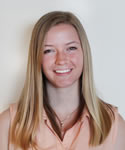
This week the iFellows met in Logan where we presented our posters to receive feedback. This was very helpful and gave me some ideas of how to improve. Back in the lab we finished installing the final equipment on the trees to start collecting data. During the installation the sprinklers surprised us and turned on twice, soaking us with water. We also installed another LEMS device and discovered the location is actually an underground rooftop, which will be interesting to study. However, this will change how we measure the area.
Don Long
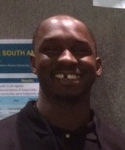
This week we started on the Provo River. It was an extremely long day because the Red Butte site involved 19 hours. This is being dedicated to the cause. The site had a substantial amount of growth evident on the disks than the previous Red Butte site. The day entailed the same diagnostics as the previous site. We only had two disks lost at this site vs 20 + at Red Butte. This made for a longer day but was worth it as we have a larger replicate pool. The current was really strong in this stream and left me pretty tired and exhausted at the end of the day.
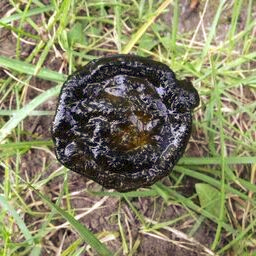
Massive growth on replicates
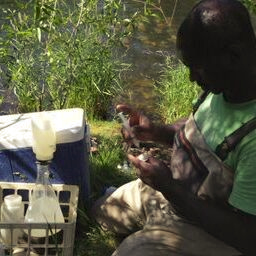
Injected samples with acetylene gas in order to measure nitrogen fixation
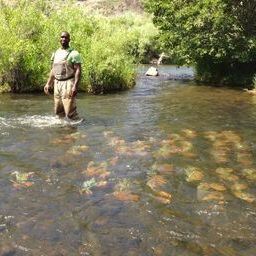
Wading in the water
Zack Oldroyd
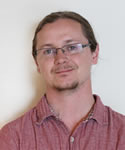
Week 7 started with a big meeting with all of the other iFellow undergrad researchers. We each went in front of the group and presented where we are with our research posters, which allowed us to expand on our projects and answer questions about them. It was a fantastic experience being put on the spot to answer questions. It really gave me confidence for the meeting later this month where we will be presenting our finalized poster.
After the meeting, the rest of the week was spent diving into the transcriptions of the interviews we had gotten so far. We were also able to get out into the field a few times and had some great results.
Elizabeth Tanner
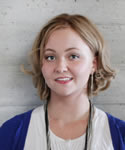
For week 7 as an iFellow, I attended a meeting with other iFellows where we all presented posters with the data that we have so far concerning our research projects. My research project is examining whether there is a relationship between living proximity to urban riparian corridors and attitudes about water conservation and policy. If there is a relationship, I'll be attempting to determine if characteristics (both qualitative and quantitative) have any effect on the residents. My presentation went well and I was glad to learn that I'm not the only one still analyzing data!
André Valle
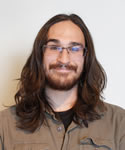
In the 7th week the iFellows met again as a group and we all presented and discussed our research projects. We brought drafts of our poster presentations and everyone did a fantastic job at putting their information together as well as presenting. I was thoroughly impressed with the high degree of ownership that the iFellows had over their research. The remaining weeks have been planned out for Utah Water Voices. We have now begun our coding process and there is excitement to see the preliminary findings. For week 8, we will begin to develop the digital story telling component of the Utah Water Voices project. More to come!
Jamie Vawdrey
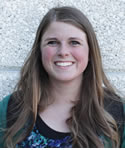
This week has flown by so fast! It seemed really short because we had our cohort session at the beginning of the week where we got to present our posters. During the week, I was able to simulate a similar project conducted in California. It was another busy week as an iFellow!
Darianne Willey
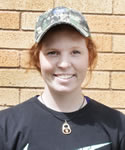
Trixie taught me how to set up a weather station so that we can install one at the bioswales' location for reliable precipitation data. I also polished my presentation and am learning more about my project with Dr. Dupont.
Shannon Williams
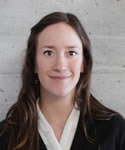
Given the cohort session and the holiday, I had three days of training this week. I spent some time receiving feedback on my proposal paper and coming up with further literature review to support my hypothesis. A large chunk of the other two days was used to learn how to perform a factor analysis in SPSS and then actually choose and narrow down applicable variables to come up with a meaningful set of factors. So far the analysis has been performing well and producing interesting results.
Margaret Wolf
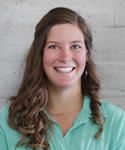
This week I was able to collect more samples for my storm water experiments. We added a new category that includes irrigation run off and we were able to collect samples from over watering sprinklers around the University of Utah surrounding neighborhoods. This week we also began to run the samples that I have collected so far. I am learning about the process of fluorescence and using a fluorometer to test the samples for the chemistry of their dissolved organic materials (DOM). WE also ran them through the SMARTCHEM to test for nitrate levels in the samples as well. It's been a great week.

